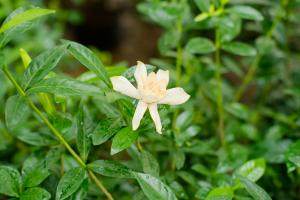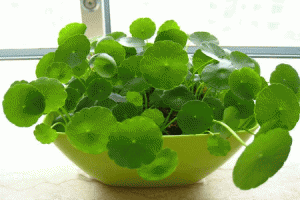Can Veggies Safely be Planted in Pots Using Potting Soil?
Many people love the idea of growing vegetables but may not have access to a large garden. Fortunately, planting vegetables in pots using potting soil is a viable and safe option for those with limited space. In this article, we will discuss why using potting soil is a good choice for growing vegetables in pots and how to do it properly.
The Benefits of Using Potting Soil for Vegetables
Potting soil is a specially formulated soil mixture that is designed to provide the ideal environment for potted plants. It typically includes a mixture of peat moss or coconut coir, vermiculite, perlite, and other organic and inorganic materials that improve drainage, water retention, and aeration. Here are some of the reasons why potting soil is ideal for growing vegetables in pots:
Potting soil is free of weed seeds, diseases, and pests that can affect the growth of vegetables.
Potting soil provides the right balance of nutrients that vegetables need to thrive.
Potting soil promotes good drainage and aeration, reducing the risk of overwatering and root rot.
Potting soil is lightweight and easy to handle, making it simple to move pots around as needed.
Choosing the Right Pots for Your Vegetables
When it comes to choosing pots for your vegetables, there are several factors to consider. One of the key considerations is size. You will need to choose a pot that is appropriate for the size of your vegetables and the amount of space you have available. Most vegetables require a pot that is at least 8-12 inches deep and wide.
You'll also need to consider the material of the pot. Terra cotta pots are a popular choice because they are porous, allowing air and moisture to circulate through the soil. Plastic pots, on the other hand, are lightweight and easy to clean, but can retain moisture, which can lead to problems with overwatering.
Preparing Your Potting Soil
Before planting your vegetables in potting soil, it's important to prepare your soil mixture properly. You can either purchase premade potting soil or make your own by combining equal parts of peat moss or coconut coir, vermiculite, and perlite. You can also add in some compost or other organic matter to provide additional nutrients for your plants.
Make sure to wet your potting soil thoroughly before filling your pots. This will help to activate any nutrients and ensure that the soil is evenly moist. You can also mix in some slow-release fertilizer pellets at this time to give your vegetables an extra nutrient boost.
Planting Your Vegetables in Pots
Once you've prepared your potting soil, it's time to plant your vegetables. Make sure to choose varieties that are well-suited for container gardening, such as tomatoes, cucumbers, lettuce, and peppers. Some vegetables, such as root crops like carrots and beets, may not grow as well in pots and should be avoided.
When planting your vegetables, make sure to dig a hole in the soil that is deep enough to accommodate the roots of your plant. Gently remove the plant from its original container and place it in the hole, making sure that the soil level is the same as it was in the original container. Firmly pack the soil around the plant and water it thoroughly.
Caring for Your Potted Vegetables
After planting your vegetables, it's important to care for them properly to ensure a healthy and successful crop. Some tips for caring for potted vegetables include:
Water your vegetables regularly, but make sure not to overwater them. Check the soil regularly to make sure it is moist, but not soggy.
Fertilize your vegetables regularly with a balanced fertilizer to ensure they have all the nutrients they need.
Prune your vegetables as needed to promote healthy growth and prevent overcrowding.
Protect your vegetables from pests and diseases by using natural pest control methods or by using a commercial pesticide if necessary.
In Conclusion
Planting vegetables in pots using potting soil is a great way to enjoy fresh, homegrown produce even if you don't have a large garden. With a little bit of preparation and care, you can successfully grow a variety of vegetables in pots using this method.

 how many times do yo...
how many times do yo... how many planted tre...
how many planted tre... how many pine trees ...
how many pine trees ... how many pecan trees...
how many pecan trees... how many plants comp...
how many plants comp... how many plants can ...
how many plants can ... how many plants and ...
how many plants and ... how many pepper plan...
how many pepper plan...































